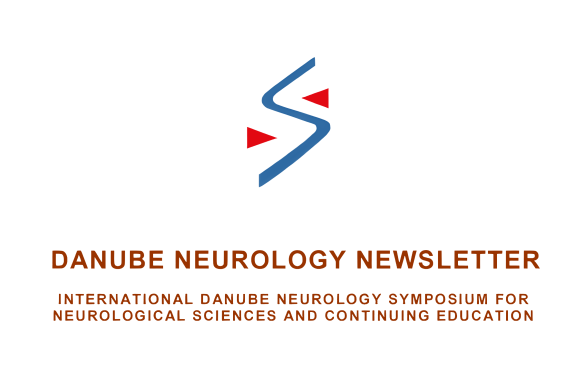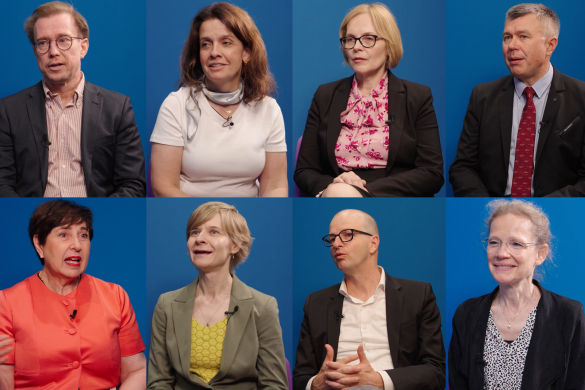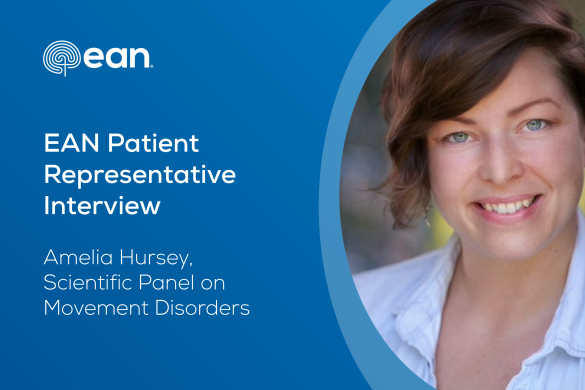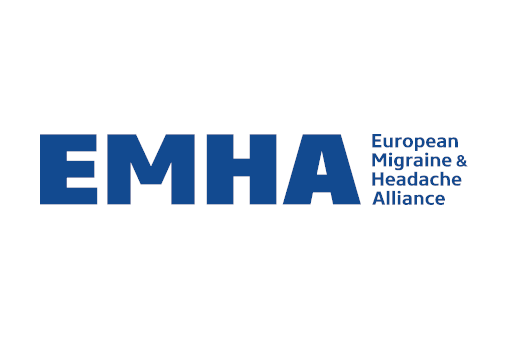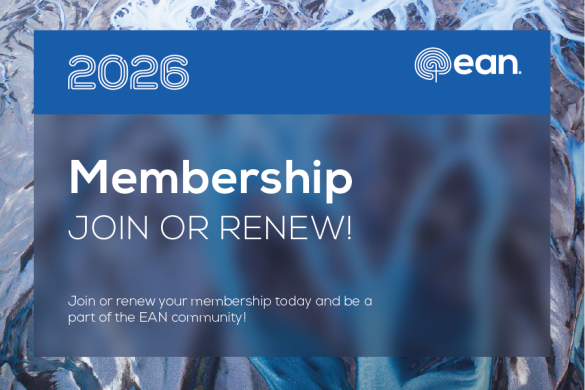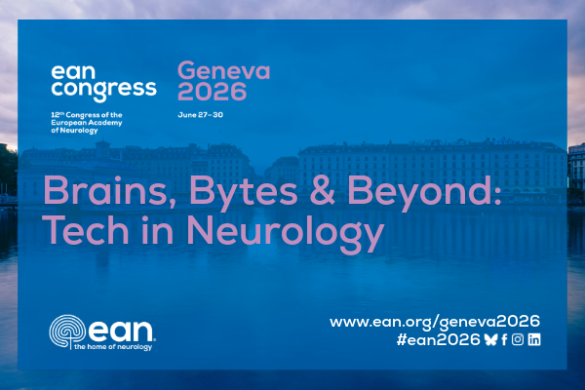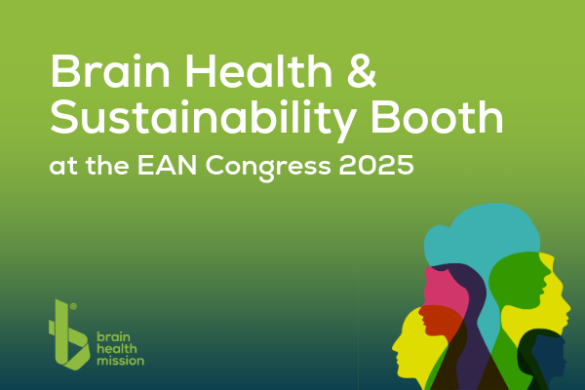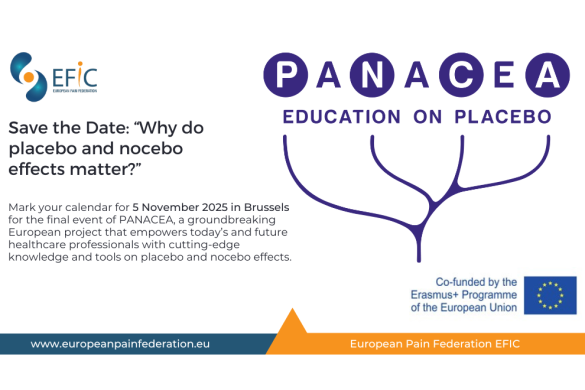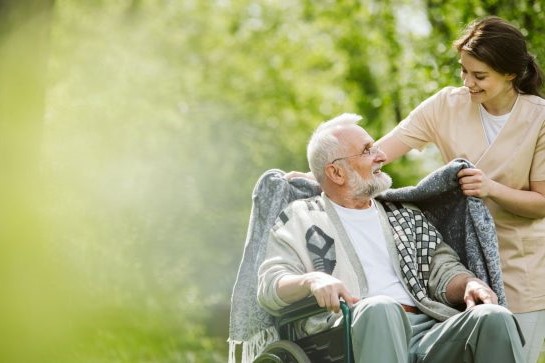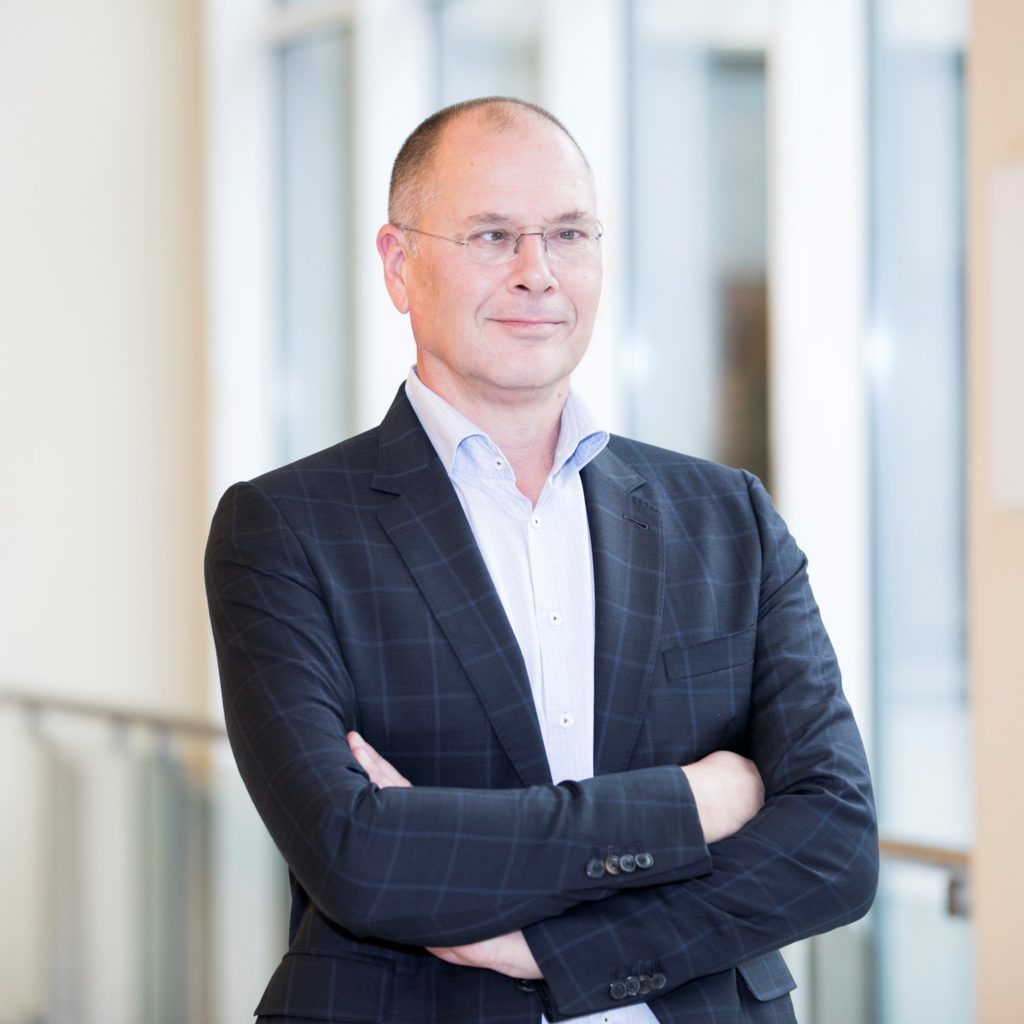
Dear Prof. Berger,
I want to convey sincere congratulations for your new appointment as chair of the EAN Scientific Committee.
In this context, our community would very much benefit from knowing more about you and your future plans for organisational development.
– How would you describe the role of the EAN within the European neurological community?
The role of EAN within the European neurological community is best described by “EAN – the Home of Neurology”. Home is hereby the allegory for close relationships of its members under a family-like roof. A same household is both oasis of tranquility and activity, in any case deeply committed to its occupants, sharing and working on their desires for development and prosperity, but also demanding duties and responsibilities. A home is the dedicated place to invite relatives and friends for formal and informal meetings, to understand, plan and realize joint projects, to exchange thoughts and visions, and to deepen and expand relationships across any borders. If a home is appreciated and well frequented, it may also burst at the seams and then needs to be expanded.
In the full sense of all this allegoric meanings EAN constitutes – on the fundament of its exclusive dedication to neurology and neuroscience in Europe (and beyond) – a true “Home of Neurology” for its members and friends.
– What is your vision for the activities and output of the Scientific Committee during this mandate?
The backbone and driving force of any EAN scientific activity are the scientific panels. Most of them are doing a great job by contributing substantially to the scientific program of the annual congress and by proposing and producing specific guidelines. However, great jobs are always inherent to continuous and sustained improvements. Thus, the systematic development and further coordination of clinical and translational research at the European level is of utmost importance. This will not only foster pro-active approaches within and between scientific panels, but also to seek a stronger EAN engagement and cooperation with relevant European research bodies and foundations. In addition, scientific achievements continuously expand pre- and postgradual education and knowledge in clinical routine practice. We need to assure this translation in highest quality, but timely recentness. Last but not least it is imperative to increase support for young neuroscientists and neurologists by specific EAN programs, e.g. grants, fellowships, science schools, etc. – they are our treasure and capital for a bright future neurological community in Europe!
– How will the EAN continue to bring added value to national and local organisations, given its role as an umbrella-organisation for societies in the field of neurology and neurology-related specialties?
Apart from a huge number of individual members the organic trunk of EAN are the current 47 European national neurological societies. This gives the chance to all of us to speak in one voice about clinical neurology and neuroscience in Europe. Consequently, this enables the mission to establish best neurological care and education across Europe. But the name of the relationship between national societies and EAN is “Give and Take”, thus, we need to explain and deepen EAN activities to the member societies in a more transparent and clear manner to convince and attract for the added value of this mutual partnership.
– Excellence in education is one of EAN’s major goals. What is your view on current and future grants and fellowships supported by the EAN ?
The young generation of neurologists and neuroscientists, or even those who are at the edge to enter an educational or professional career path in neurology are the major target for our investments in the future of neurology in Europe. The virtual congress of Paris has excitingly demonstrated the enormous interest and participations of medical students and residents. Apart from the declared mission of EAN to support young neurologists and neuroscientists this has now turned into a clear corporate obligation! Support may be given on various levels, such as engaging RRFS members in certain EAN management and scientific structures, enlarging the number of bursaries, travel grants and fellowships to enhance mobility and knowledge gain, increase of educational and scientific EAN schools (from Spring and Fall to Summer and Winter School), further development (and acceptance) of a European curriculum in neurology/neuroscience, new formats of education and knowledge transfer, and many more good ideas….




